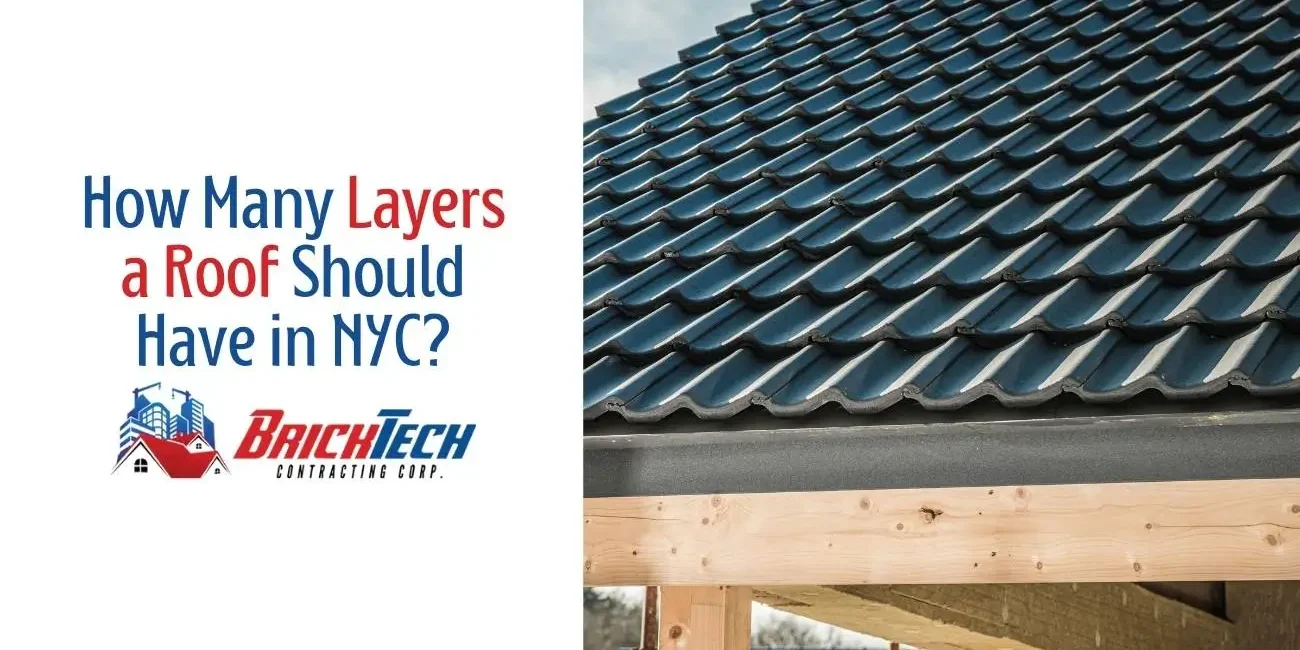Understanding the intricacies of their homes construction can feel daunting for many homeowners. Yet, knowledge is power when it comes to maintaining a safe and comfortable living environment. This rings especially true for homeowners in New York City, where unique climate conditions and stringent regulations make rooftop construction a puzzle worth solving. In this blog post, we’ll peel back the layers of a typical NYC roof, equipping you with the insights needed to ensure your rooftop is up to the task. Join us as we explore the anatomy of NYC roofs, their challenges, and why proper upkeep is essential for every homeowner.
Understanding the Climate and Regulatory Factors in NYC
Climate Challenges that NYC Roofs Face
New York City’s climate is a tale of extremes. With scorching summers, icy winters, and unexpected rain showers in between, rooftops need to be resilient. The summer sun’s heat can cause materials to expand and contract while freezing temperatures might lead to cracking or ice dam formations. Wind, snow, and heavy rain can further test the durability of a roof, making it essential for homeowners to understand these challenges. Knowing how your roof reacts to these factors can help you make informed decisions about maintenance and longevity.

Local Building Codes and Regulations
In NYC, rooftop construction isn’t just about selecting the right materials but also about adhering to strict building codes and regulations. These rules are designed to ensure safety, efficiency, and durability. For instance, the New York City Building Code specifies materials, installation methods, and even the number of layers allowed on a roof. Understanding these regulations is crucial because non-compliance can result in costly fines or require a complete roof overhaul. Homeowners must stay informed about these codes to maintain their property value and ensure the safety of their household.
The Anatomy of a NYC Roof
Common Materials in NYC Rooftop Construction
When building a sturdy roof, the choice of materials is key. In NYC, common roofing materials include:
- Asphalt Shingles: Popular due to affordability and ease of installation.
- Metal: Offers durability and reflects heat, making it ideal for energy efficiency.
- Slate: Known for its timeless beauty and longevity, though more expensive.
- Rubber Membranes: Often used for flat roofs, providing excellent waterproofing.
Understanding the pros and cons of each material can help homeowners make the best choice for their specific needs.
How Many Layers Should a Roof Have?
A typical NYC roof has several layers, each serving a distinct purpose. So, how many layers should a roof have? This can vary based on the roofing material and design, but generally, a roof should have the following layers:
- Decking: The structural foundation, usually made of wood or plywood.
- Underlayment: A waterproof barrier that protects against moisture infiltration.
- Insulation Layer: Crucial for maintaining energy efficiency by keeping heat in during winter and out during summer.
- Protective Covering: The topmost layer, which could be shingles, metal sheets, or other materials designed to withstand weather conditions.
Knowing how many layers your roof has and what each one does can be invaluable for homeowners keen on safeguarding their investment.

The Significance of Proper Roof Maintenance
Importance of Regular Inspections
Roof maintenance in NYC isn’t just about repairs but prevention. Regular roof inspections identify potential problems before they escalate into costly repairs. Inspections help detect issues like loose shingles, punctures, or water damage early on. By doing so, homeowners can extend the lifespan of their roof, ensuring it performs optimally against the harsh NYC climate. Engaging a professional for these inspections can provide peace of mind and protect your home’s integrity.
Tips for Identifying and Addressing Common Issues
Homeowners don’t need to be experts to contribute to their roof’s upkeep. Here are some simple tips:
- Check for Damage: Inspect your roof after storms for visible damage.
- Clear Debris: Regularly clean gutters to prevent clogging.
- Monitor for Leaks: Look for signs of leaks inside your home.
Addressing minor issues promptly can prevent them from turning into major headaches. Additionally, knowing when to call in professionals—like when there’s persistent leaking or significant shingle loss—ensures timely and effective solutions. Homeowners who take a proactive approach to roof maintenance can save time and money.
Conclusion
Understanding the layers of a roof in NYC is more than just a trivia fact; it’s a crucial component of homeownership in this bustling city. From the challenges posed by the local climate to the regulations governing construction, being informed equips homeowners to make savvy decisions.
Knowing how many layers a roof should have is fundamental for ensuring its durability and performance. Regular inspections, choosing the right materials, and addressing minor issues early can all contribute to a roof that stands the test of time. Don’t leave your home’s protection to chance—prioritize your roof’s health today. For those seeking expert guidance, consider contacting professional roofing services like Brick Tech Contracting Corp, which specializes in roofing solutions tailored to NYC’s unique demands.








